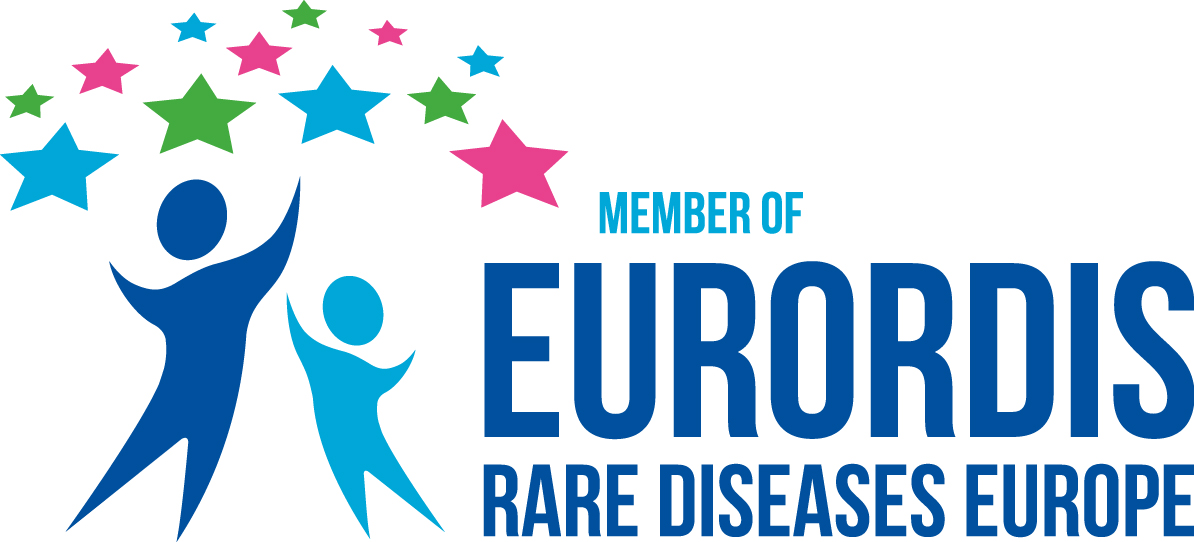
Our Coder Search Begins
Measuring The Iron
When a Two-year observational study on the efficacy of deferiprone1 was released, one finding stood out. Physicians had submitted the participants’ MRIs during several stages of the research; differences in MRI equipment, sequencing settings, and magnification produced data that was difficult, if not sometimes impossible, to compare. MRI sequencing is required to track existing hemosiderin levels characterized as a rim of low signal covering the brain’s subpial surfaces, brainstem, and spinal cord. To correct this situation, the team began developing the parameters needed to create a software plugin for use with the OsiriX DICOM viewer to measure the exact amount of iron deposits with a 3D visual.
A New Technique
The research team identified the need for a software tool sensitive enough to measure the amount of existing iron and detect even the smallest differences over time in a reliable, reproducible, and quantifying MRI measure applied in a blinded fashion validated across multiple centers.
Susceptibility-weighted imaging (SWI) is a 3D high-spatial-resolution fully velocity corrected gradient-echo MRI sequence sensitive to hemosiderin, which distorts the local magnetic field, making it a preferred method. Dr. Remi Kessler was instrumental in developing this novel whole-brain quantification technique. The development of an OsiriX plugin is now needed to simplify and speed up the process.
This diagnostic plugin would also be invaluable to a physician by offering a simple tool to track a patient’s iron removal progress definitively and measurably.
In this video, Dr. Kessler demonstrates how team members utilized the OsiriX DICOM viewer during the course of the Johns Hopkins deferiprone efficacy study.
Please note this demonstration is intended for physicians and is a technical presentation.
“With high performance and an intuitive interactive user interface, OsiriX is the most widely used DICOM viewer in the world. It is the result of more than 15 years of research and development in digital imaging. It fully supports the DICOM standard for an easy integration in your workflow environment and an open platform for development of processing tools. It offers advanced post-processing techniques in 2D and 3D, exclusive innovative technique for 3D and 4D navigation and a complete integration with any PACS. OsiriX supports 64-bit computing and multithreading for the best performances on the most modern processors. OsiriX MD, the commercial version, is certified for medical use (FDA cleared and CE II labeled). More than a medical images viewer, OsiriX MD is a powerful diagnosis tool. OsiriX has been developed to allow to efficiently view full radiology exams and allows full review images with ease of use for Radiologists, Medical care providers, Institutions and many others.” -OsiriX
Searching for a 3rd Party Coder
The complete development environment is available with any Mac. The language you will use to develop our OsiriX plugin is Objective-C. Objective-C is a dynamic and object-oriented language, like Java. It is very similar to Java and C++. It uses the same syntax as Java and C++. It is much less complex than C++ and much faster than Java. If you already know Java or C++, you could probably learn Objective-C in less than 2 days. The development environment is Xcode. Xcode is a really powerful development environment. Writing a plugin for OsiriX is much easier than developing in IDL or in ImageJ. Code is open-source and available on GitHub.
1Kessler RA, Li X, Schwartz K, Huang H, Mealy MA, Levy M. Two-year observational study of deferiprone in superficial siderosis. CNS Neurosci Ther. 2017;00:1–6. https://doi.org/10.1111/cns.12792


